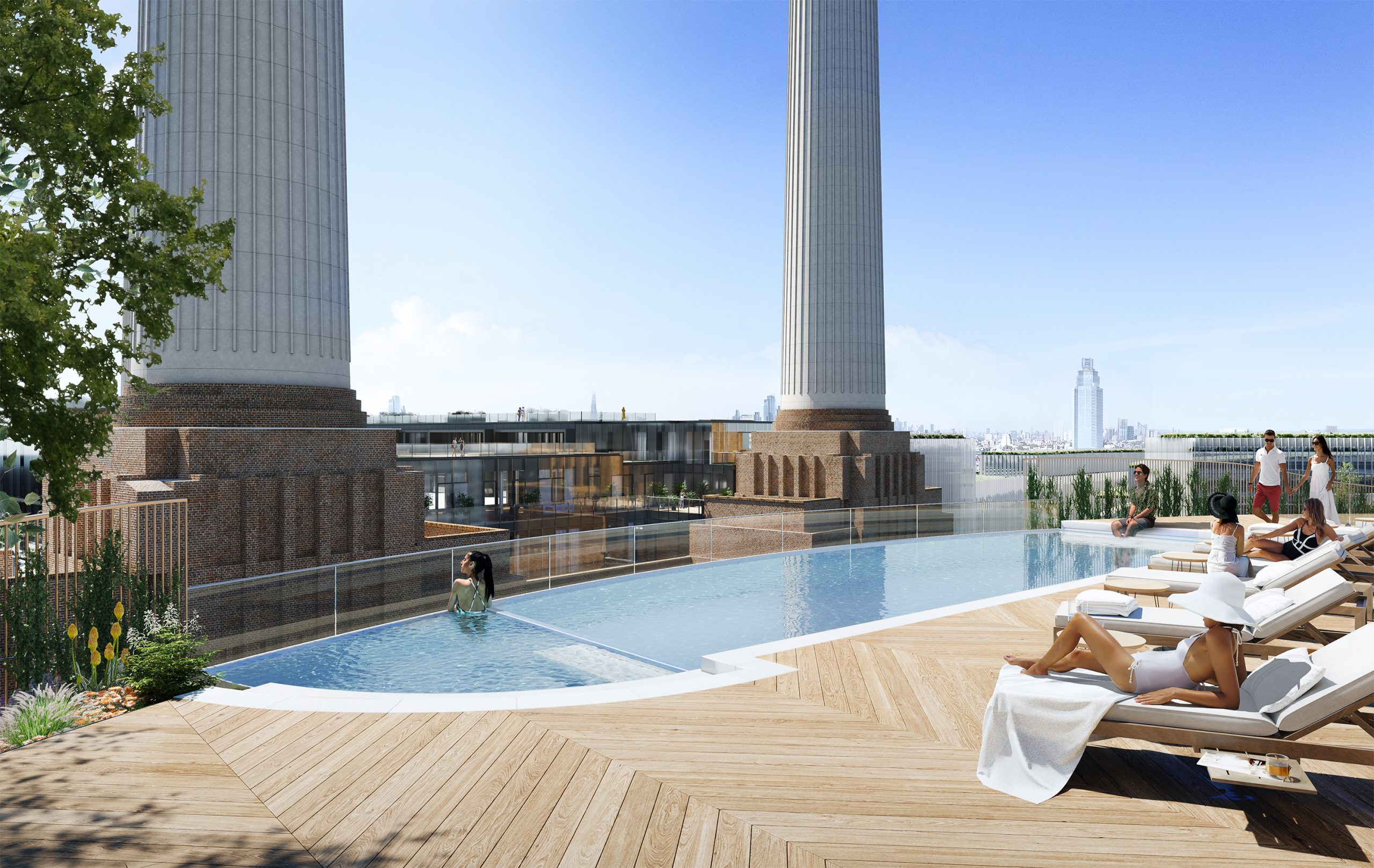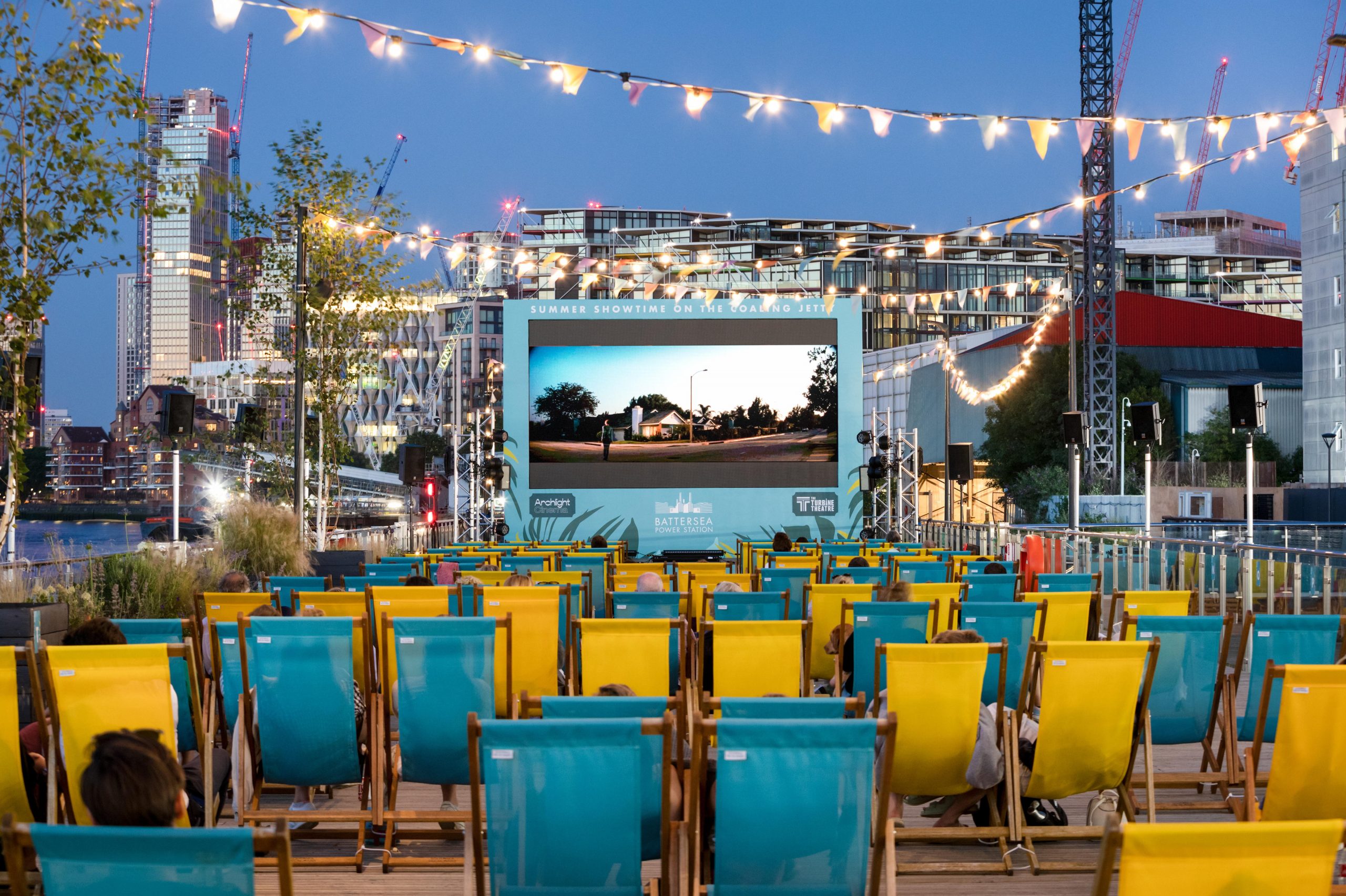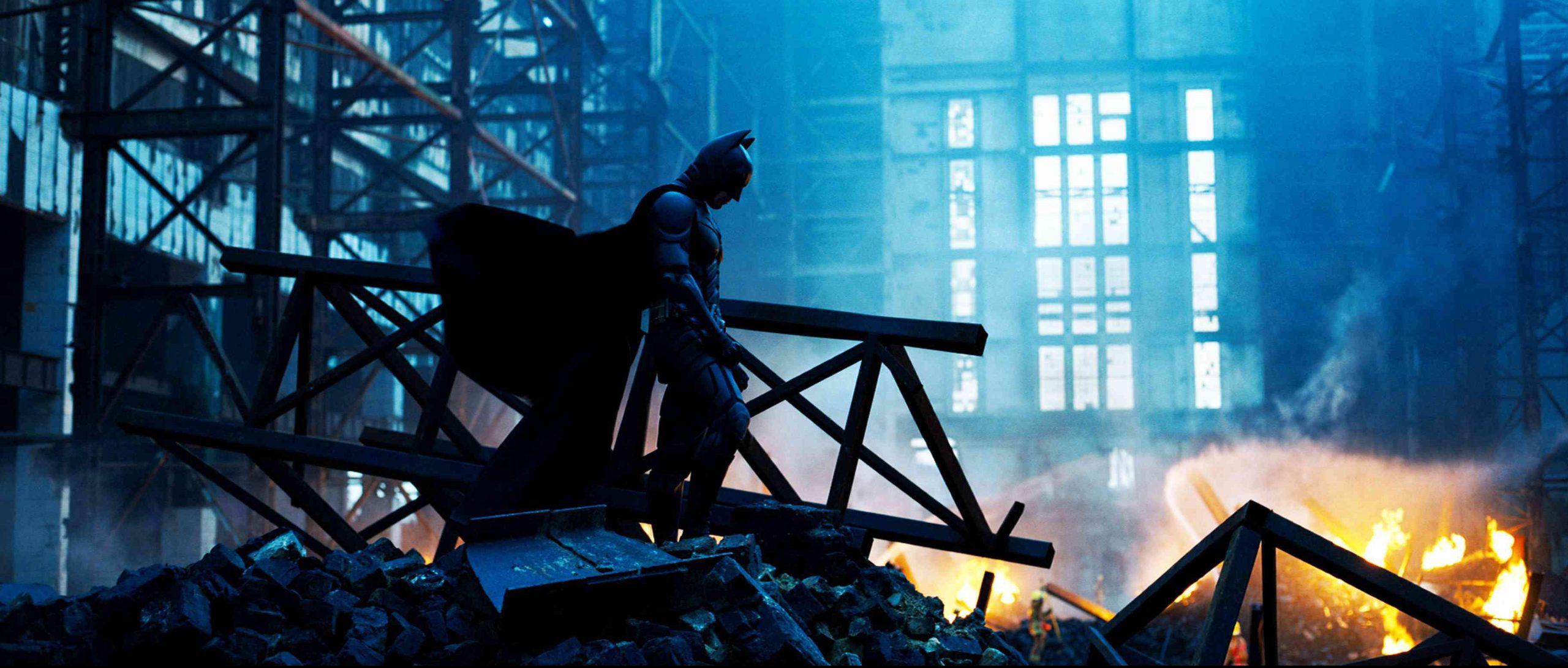The reincarnation of Battersea Power Station, from fenced-off wasteland to a unique London neighbourhood
Long gone is the Thames-side wasteland — a new neighbourhood is thriving and the transformation of its centrepiece, Battersea Power Station, will be up and running in September. Annunciata Elwes reports.


You don’t have to be a fan of Pink Floyd or inflatable livestock to admire Battersea Power Station’s ‘toppled table’ silhouette. (For the uninitiated, a blow-up pig was tethered to it for the 1977 Animals album cover—it escaped and caused havoc with the Heathrow flight path before landing in Kent.) For decades, this dramatically decaying ‘temple of power’ has been surrounded by a vast, fenced-off wasteland, but a £9 billion regeneration has changed its fate; once complete, this buzzing area will provide 4,239 homes.
Built in two halves from 1929 and designed by Sir Giles Gilbert Scott of red-telephone box and Tate Modern fame, its boiler house (the central part) is so enormous you could fit St Paul’s Cathedral inside. At one time, it produced one-fifth of the capital’s power, responsible for electrifying the Houses of Parliament, Buckingham Palace, BBC Television Centre, Carnaby Street and Wimbledon.

We were lucky that, during the Blitz, the Luftwaffe (like our RAF pilots), found the plumes of white vapour from its two 331ft-tall chimneys too useful as a navigational tool to risk bombing it. Then, in 1955, the icon as we know it was born with the completion of the second half of the ‘table’. However, electrical output waned and both stations ‘A’ and ‘B’ were shut by 1983; so began decades of conjecture over the Grade II*-listed building’s future.
After plans to turn it into a giant rubbish incinerator were scrapped, a proposed theme park ran out of money in the 1980s, but not before large sections of roof had been removed. Michael Jackson considered creating Neverland UK here and, later, permission was granted for a hotel and offices, but that didn’t happen either. Other possible fates included a retail/residential conversion criticised for its ‘airport-lounge treatment’, a biomass-energy plant with a mammoth eco tower (or ‘inverted toilet-roll holder’ as Boris Johnson had it) and Cirque du Soleil base, but these plans petered out, too. Chelsea FC had eyes on a new stadium, but were outbid when Knight Frank negotiated a landmark deal with a Malaysian consortium for £400 million in 2012—and now we get to the good stuff.
Londoners used to admiring the building from afar—floating at the end of a row of pretty workers’ cottages, perhaps, above the London planes of 200-acre Battersea Park or across the Thames from Chelsea’s Cheyne Walk—saw the chimneys come down and go back up again, one by one, overseen by Historic England, and have enjoyed wandering right up to it since Circus West Village opened in 2017.

The 42-acre site is totally unrecognisable. Railway arches house restaurants, cafés and shops, including a Gordon Ramsay pizza place. There’s a theatre, the acclaimed Archlight Cinema, crazy golf, dentist, Moyses Stevens florist, deli, bike shop, brewery and 19 acres of open and green space. Thames Clippers stop here and the historic jetty, where once a million tons of coal were unloaded annually, hosts outdoor cinema screenings. More than 1,500 residents live in avant-garde buildings, some using water and boating as architectural inspiration.
The reincarnation of Battersea Power Station itself has been navigated by architects WilkinsonEyre and interior designers Michaelis Boyd. It now houses 254 homes: Switch House East and West in 1950s and Art Deco style respectively. Both are topped with three glazed stories and contain studios to five bedrooms and penthouses (prices start at £865,000), making the most of floor-to-ceiling Crittal windows. Boiler House Square offers a clever twist to traditional London—it is a normal garden square of 20 ‘villas’, only 160ft up, on the roof between the chimneys.
Exquisite houses, the beauty of Nature, and how to get the most from your life, straight to your inbox.
‘Iconic in nature and stature, and an investment case of its own kind, the former industrial Power Station is quite possibly the last opportunity to purchase a home within a prime London landmark of this prestige,’ says Meriam Lock-Necrews, head of residential sales, who believes that, post-pandemic, buyers are now returning to London with ‘a new lease of life’, searching for just the ‘diverse mix’ that the area provides.

Last year, the first power-station residents arrived and the shiny new Tube station opened. The two cavernous turbine halls are almost fully transformed into glass-fronted shopping galleries—expect Ray-Ban, Ralph Lauren, Tommy Hilfiger, The Kooples, Aēsop and Calvin Klein—and there’ll be a food hall, cinema, event space and bar in the vintage-‘James Bond’-style Control Room B—opening in September, perhaps around the time that Apple moves into a new six-floor London HQ in the boiler house.
Phase 3 will bring more killer views from Battersea Roof Gardens, designed by James Corner of Field Operations, who did New York’s High Line, and the UK’s first Art’otel, with a rooftop pool; phase 4, with its red-brick-style mansion blocks echoing Prince of Wales Drive, is also under way. In a humorous nod to heritage, water vapour can be seen pluming from two chimneys—from the underground heating and cooling system—and the north-west chimney will be topped with a viewing platform opening later this year.
When the entire quarter is complete (there are eight stages, finishing in 2030), there’ll be a £13 million medical centre, police offices, nursery and 25,000 people living and working on site, with an estimated 40 million visits per year, bringing the UK a £6.1 billion tax boost—a perfect way to celebrate the building’s 100th anniversary. London’s newest neighbourhood has arrived.

Credit: Strutt and Parker
Best country houses for sale this week
An irresistible West Country cottage and a magnificent Cumbrian country house make our pick of the finest country houses for

The best places to live in London, whether you want culture, shopping, bright lights, food... or a slice of relaxing country life within the M25
A side effect of the pandemic has been a rise in interest for country living, but with theatres, exhibition venues
Annunciata is director of contemporary art gallery TIN MAN ART and an award-winning journalist specialising in art, culture and property. Previously, she was Country Life’s News & Property Editor. Before that, she worked at The Sunday Times Travel Magazine, researched for a historical biographer and co-founded a literary, art and music festival in Oxfordshire. Lancashire-born, she lives in Hampshire with a husband, two daughters and a mischievous pug.

